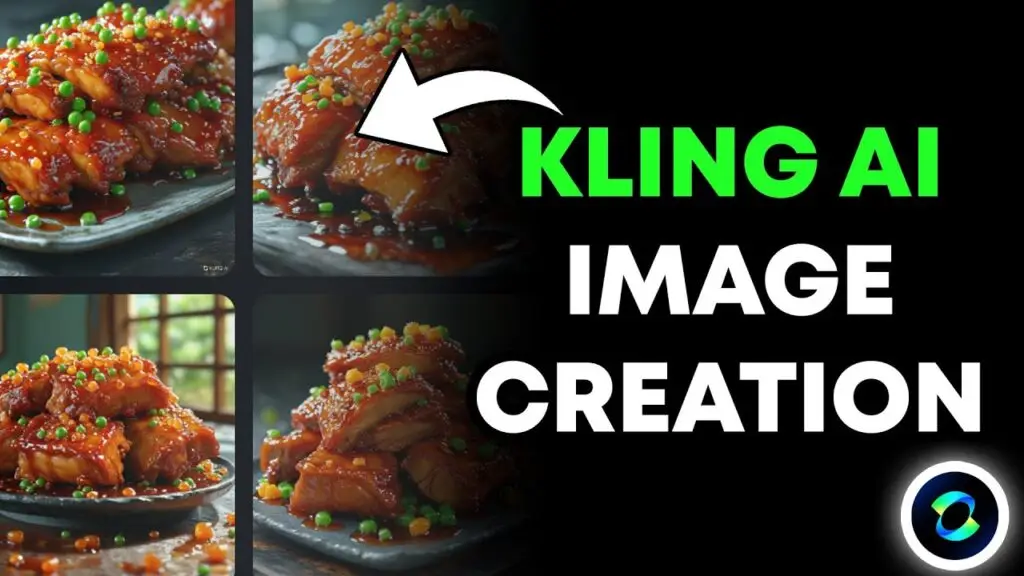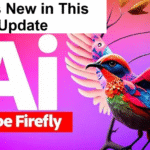AI-powered image generation is one of the most transformative features of modern artificial intelligence platforms like Kling AI. This technology leverages advanced algorithms, such as Generative Adversarial Networks (GANs), neural networks, and deep learning models, to create high-quality, realistic images from scratch or based on user inputs. Below is a detailed breakdown of how AI-powered image generation works, its key features, and its applications.
How AI-Powered Image Generation Works
Input Processing:
- Users provide input in the form of text descriptions, sketches, or parameters (e.g., style, color, theme).
- The AI analyzes the input using Natural Language Processing (NLP) or computer vision to understand the requirements.
Model Training:
- The AI uses Generative Adversarial Networks (GANs), where two neural networks (a generator and a discriminator) work together.
- The generator creates images based on the input.
- The discriminator evaluates the images for realism and provides feedback to improve the generator.
Image Creation:
- The AI generates images by combining learned patterns, textures, and styles from its training data.
- Advanced techniques like neural style transfer can apply artistic styles to the generated images.
Output Delivery:
- The final image is delivered in high resolution, ready for use in various applications.
- Users can further refine or customize the image using additional AI tools.

Key Features of AI-Powered Image Generation
Text-to-Image Creation:
- Generate images from textual descriptions (e.g., “a sunset over a mountain range”).
- Ideal for creating visuals for marketing, storytelling, or design projects.
Style Transfer:
- Apply artistic styles (e.g., Van Gogh, Picasso) to images for unique visual effects.
- Useful for branding, advertising, and creative projects.
Image Enhancement:
- Upscale low-resolution images, remove noise, and restore damaged photos.
- Perfect for improving old or low-quality visuals.
Object and Scene Generation:
- Create realistic objects, backgrounds, and scenes for gaming, movies, or virtual environments.
- Enables rapid prototyping and concept development.
Customization Options:
- Adjust parameters like color schemes, lighting, and composition.
- Tailor images to specific brand guidelines or creative visions.
Applications of AI-Powered Image Generation
Marketing and Advertising:
- Create eye-catching visuals for campaigns, social media, and product promotions.
- Generate custom graphics without the need for a professional designer.
E-commerce:
- Produce high-quality product images and mockups for online stores.
- Enhance product listings with visually appealing content.
Entertainment and Gaming:
- Design characters, environments, and assets for games, movies, and animations.
- Streamline the creative process for artists and developers.
Education and Training:
- Develop visual aids, illustrations, and infographics for teaching materials.
- Create engaging content for e-learning platforms.
Art and Design:
- Experiment with new artistic styles and techniques.
- Generate unique artwork for exhibitions or digital galleries.
Healthcare:
- Create medical illustrations or visualizations for patient education.
- Enhance diagnostic imaging with AI-generated enhancements.
Benefits of AI-Powered Image Generation
Time Efficiency:
- Generate images in seconds, reducing the time required for manual design.
Cost Savings:
- Eliminate the need for expensive design software or hiring professional artists.
Creativity Boost:
- Explore new ideas and styles with AI-generated suggestions.
Accessibility:
- Enable non-designers to create professional-quality visuals.
Scalability:
- Produce large volumes of images quickly and consistently.
Challenges and Considerations
Quality Control:
- Ensure generated images meet desired standards and are free of artifacts.
Bias in Training Data:
- Address potential biases in AI models to ensure fair and inclusive outputs.
Intellectual Property:
- Clarify ownership rights for AI-generated images to avoid legal disputes.
Ethical Use:
- Prevent misuse of AI-generated images, such as creating deepfakes or misleading content.
Conclusion
AI-powered image generation is a game-changing technology that democratizes visual content creation. By combining advanced AI algorithms with user-friendly interfaces, platforms like Kling AI enable individuals and businesses to produce stunning images quickly and efficiently. Whether you’re a marketer, designer, educator, or artist, AI-powered image generation offers endless possibilities for creativity and innovation. As the technology continues to evolve, it will undoubtedly play an even greater role in shaping the future of visual content.











